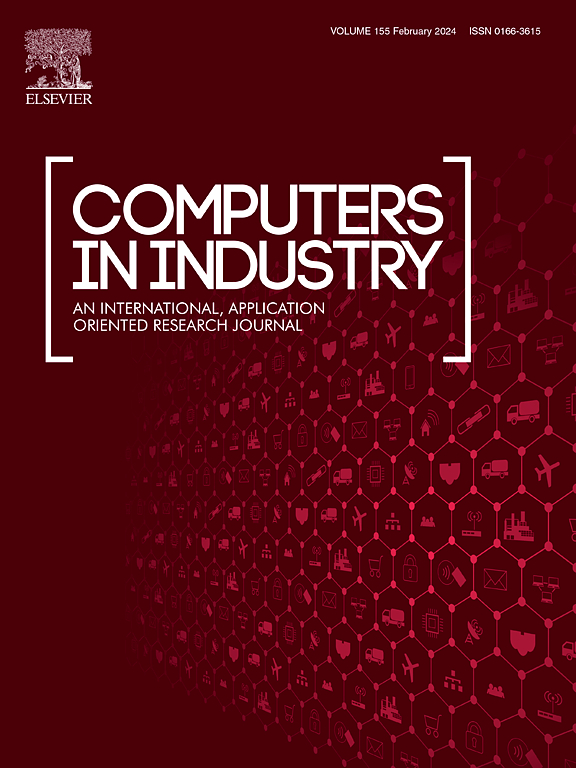Improving interoperability in robot digital twinning for facility management: An industry foundation class-represented RoboAvatar approach
IF 9.1
1区 计算机科学
Q1 COMPUTER SCIENCE, INTERDISCIPLINARY APPLICATIONS
引用次数: 0
Abstract
With its bi-directional information flow, a digital twin offers the potential to enhance predictability and controllability of robots for facility management (FM). The implementation of FM involves frequent robot-building interactions, necessitating information exchanges between a robot digital twin (RDT) and a building information model (BIM). However, such information exchanges are prohibited by the different data formats used by the RDT and BIM. Our recent study has proven the viability of industry foundation class (IFC) in digitally representing robots as Avatars, and seamlessly integrating the resulting RoboAvatars into BIM-based software. Building upon that, this paper explores how the IFC-represented RoboAvatars can be used to improve interoperability of RDTs for FM. A lab experiment was conducted with an indoor trash picking robot. It demonstrates effectiveness of IFC-based RDTs in FM via the freely exchangeable robot-building information. The robot movements can be mirrored with high granularity within a BIM context. Information from BIM can be directly retrieved to trigger robot movements remotely. The research contributes to the field of FM robotics by providing the world’s first methodology to directly develop and deploy RDTs in a mainstream BIM-based environment.
提高设备管理中机器人数字孪生的互操作性:一个行业基础类代表的RoboAvatar方法
通过双向信息流,数字孪生体提供了增强设备管理(FM)机器人的可预测性和可控性的潜力。FM的实施涉及频繁的机器人与建筑的交互,需要机器人数字孪生体(RDT)和建筑信息模型(BIM)之间的信息交换。但是,由于RDT和BIM使用的数据格式不同,这种信息交换是不允许的。我们最近的研究已经证明了工业基础类(IFC)在数字化表示机器人为阿凡达方面的可行性,并将由此产生的RoboAvatars无缝集成到基于bim的软件中。在此基础上,本文探讨了如何使用ifc代表的RoboAvatars来提高FM的rdt的互操作性。以室内垃圾捡捡机器人为实验对象进行了实验研究。通过自由交换的机器人制造信息,证明了基于ifc的rdt在FM中的有效性。机器人的运动可以在BIM上下文中以高粒度进行镜像。来自BIM的信息可以直接检索,从而远程触发机器人的动作。该研究通过提供世界上第一个在基于bim的主流环境中直接开发和部署rdt的方法,为FM机器人领域做出了贡献。
本文章由计算机程序翻译,如有差异,请以英文原文为准。
求助全文
约1分钟内获得全文
求助全文
来源期刊

Computers in Industry
工程技术-计算机:跨学科应用
CiteScore
18.90
自引率
8.00%
发文量
152
审稿时长
22 days
期刊介绍:
The objective of Computers in Industry is to present original, high-quality, application-oriented research papers that:
• Illuminate emerging trends and possibilities in the utilization of Information and Communication Technology in industry;
• Establish connections or integrations across various technology domains within the expansive realm of computer applications for industry;
• Foster connections or integrations across diverse application areas of ICT in industry.
 求助内容:
求助内容: 应助结果提醒方式:
应助结果提醒方式:


